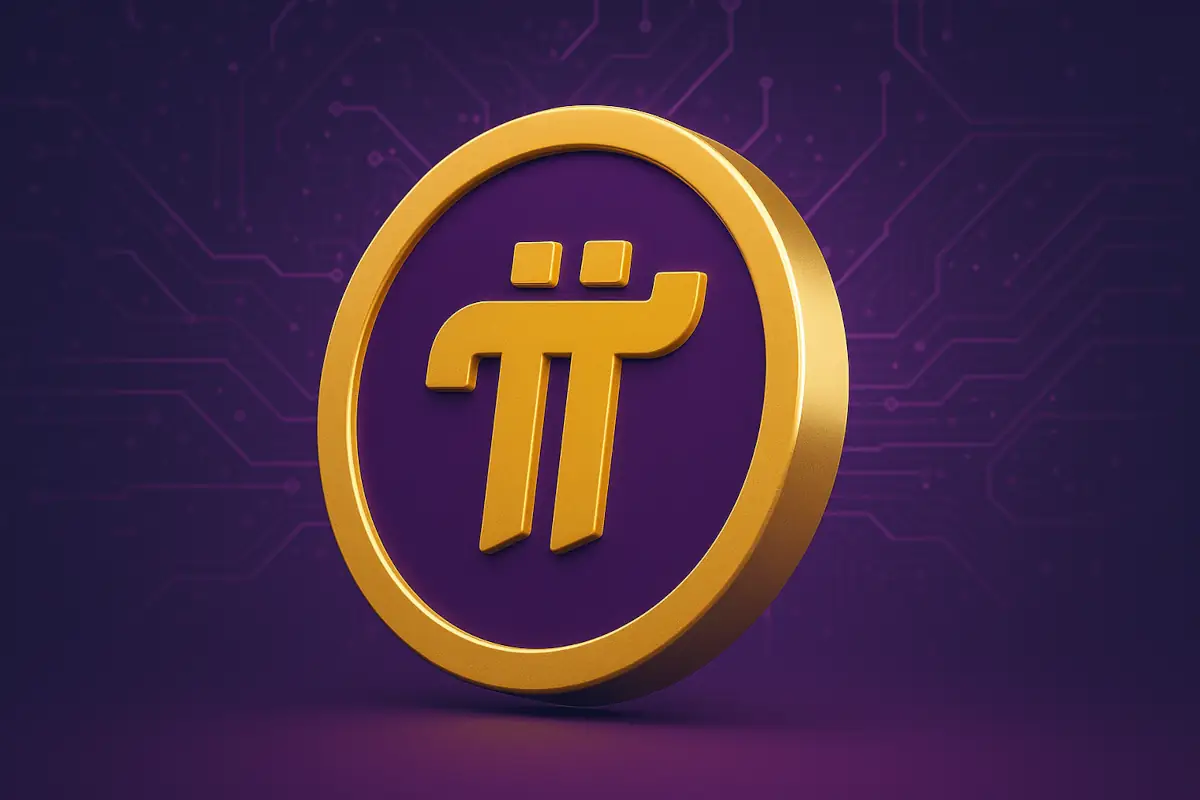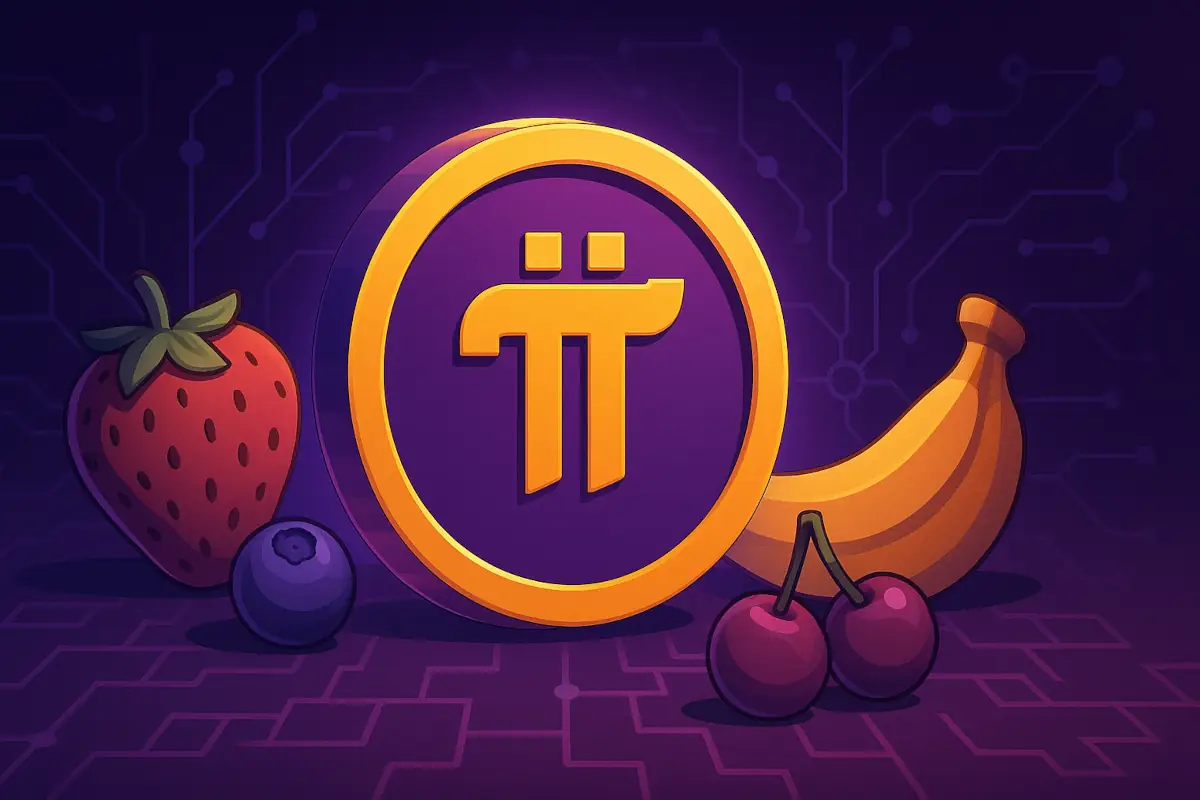On June 28, Pi Network marked its annual Pi2Day celebration with the release of two new ecosystem features. The first is Pi App Studio, an AI-powered no-code platform allowing users to build apps using natural language rather than programming skills. The second is Ecosystem Directory Staking, a mechanism enabling users to stake Pi tokens to boost the ranking of apps and utilities within the Pi ecosystem.
According to the announcement, Pi App Studio offers guided workflows for creating topic-specific AI chatbots and general apps. Users can deploy their applications to the Pi ecosystem directly, with support for future workflows to create additional app types. The goal is to make app creation accessible to non-developers while leveraging AI to generate practical products and services.
Ecosystem Directory Staking, meanwhile, allows Pioneers and businesses to stake Pi on the Mainnet to support apps they value. Staking raises an app’s visibility within the Ecosystem Interface, aiming to decentralise the promotion process compared to traditional app stores where rankings depend on algorithms or advertising budgets.
Table of Contents
Other updates and ecosystem improvements
Alongside these two major features, Pi Network released several additional updates. Node software has been updated to version 0.5.2, with a new node ranking page introduced to display performance metrics for the top 5,000 nodes. The Pi Wallet now integrates Onramper, a third-party aggregator simplifying on-ramp services for supported regions, subject to local availability and compliance requirements.
Mainnet migration and KYC processes were also improved, unblocking over 500,000 additional users who previously could not complete migration. The .pi domain auction deadline has been extended to September 30, 2025, providing extra time for users to bid on domains for their apps.
Finally, Pi launched the Pi2Day Ecosystem Challenge, running from June 27 to July 7. This interactive challenge takes Pioneers through new releases and features, with digital prizes awarded upon completing specific steps.
Market reaction following the announcement
Following Pi2Day, the price of Pi declined slightly from $0.55 to $0.53. While the drop was minor, it suggested that some market participants had anticipated different types of announcements, such as listings on major exchanges. Pi’s price has remained under $1 for most of the past quarter, with a brief rally around previous updates but no sustained upward movement.
Read also: Binance’s New Listing Rules: A Chance for Pi Network?




